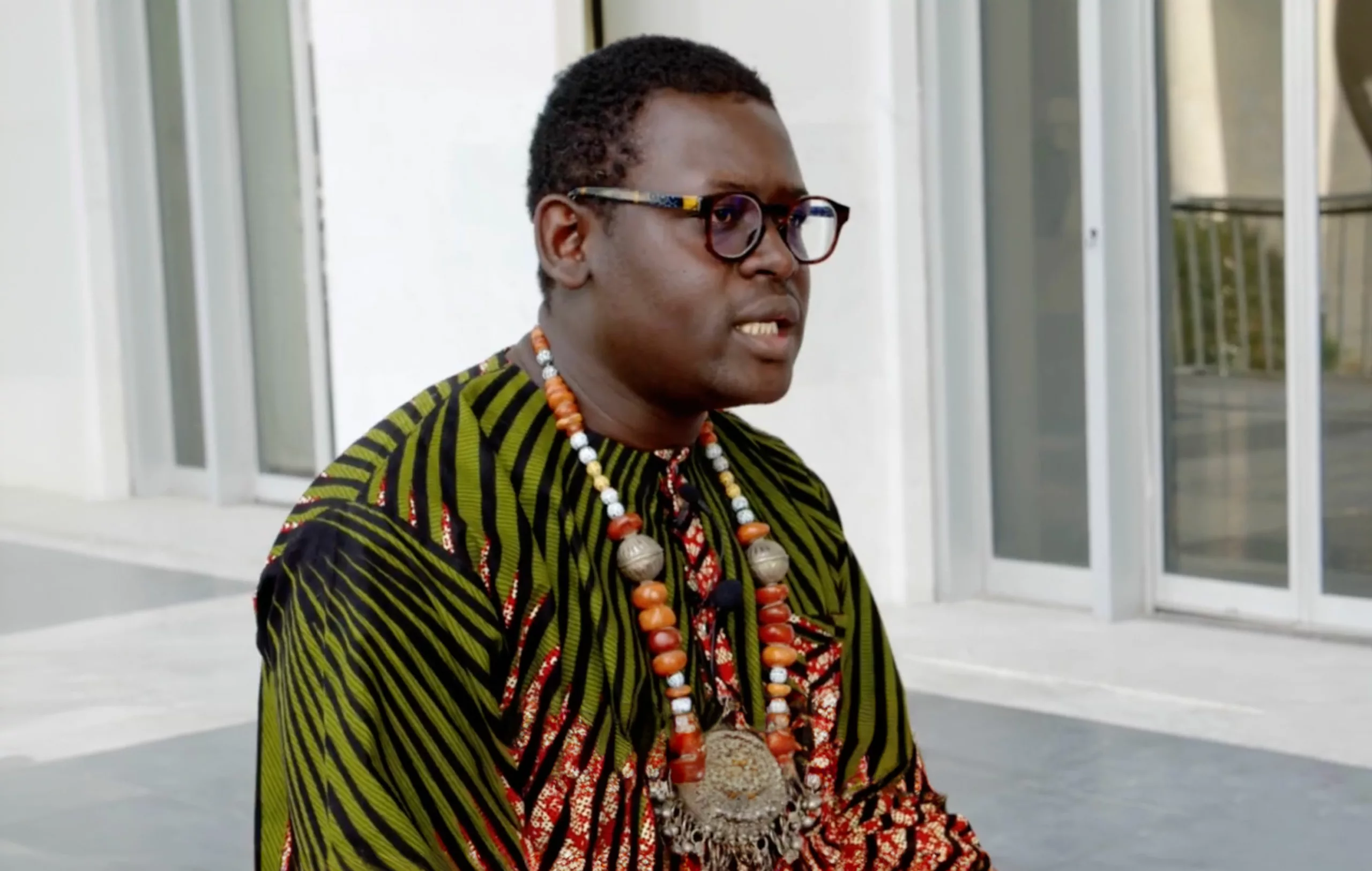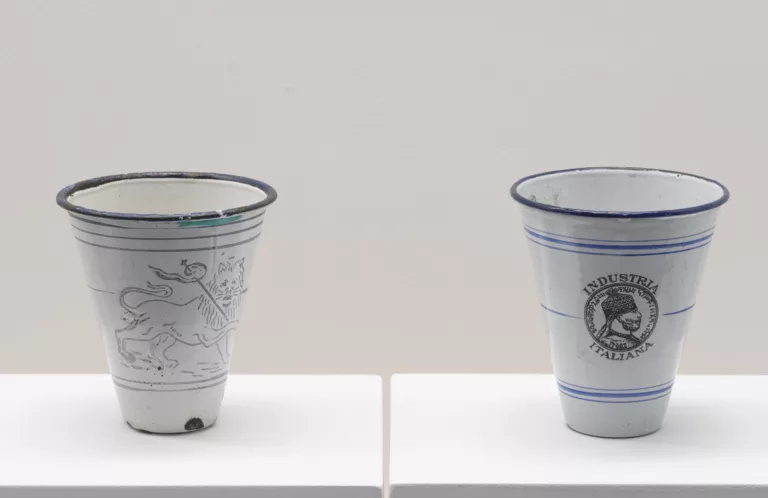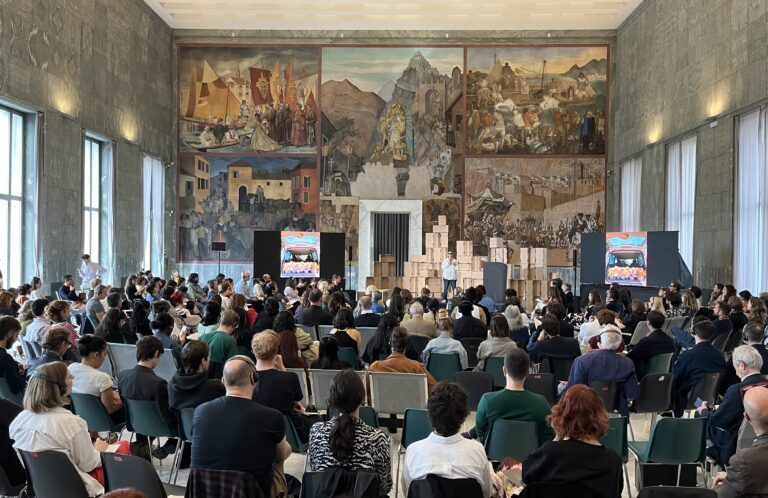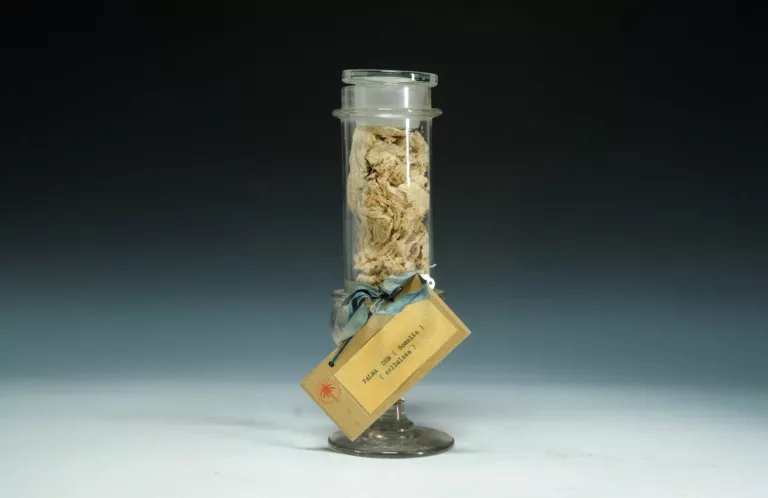Around the Museum of Opacities
According to Édouard Glissant, opacity is the right of every human being to not see his or her identity subjected to the one-sided classifications of colonial barbarism, repairing the complexity of contemporary human relations. What rhetoric can we trace in colonial forms of exploitation and annihilation of resources and knowledges? Is it possible to challenge them and build alternative narratives and forms of resistance? Wissal Houbabi, in dialogue with the associations Tezetà and Questa è Roma, places some ethnographic objects from the collections inside the phonomuseum.rome, a museum of the future imagined as a domestic space where mother tongues oppressed by colonial languages can be preserved. The performance by Senegalese griot and artist Bocar Niang presents an oral narrative – transcribed here – of a Somali necklace from the Museum’s collections, evoking the multiple possible stories of those who wore it and thus freeing it from the ethnographic narrative which followed its musealization. The CLIMAVORE assembly, by the artistic duo Cooking Sections, investigates and reflects on the relations between the climate emergency and the way we eat, starting from the capitalist and colonial roots of the food industry – a theme that was foreshadowed also by the commodity aspects of the former Colonial Museum, for example in relation to the exploitation of the doum palm which is explored in Rosa Anna Di Lella’s article.




